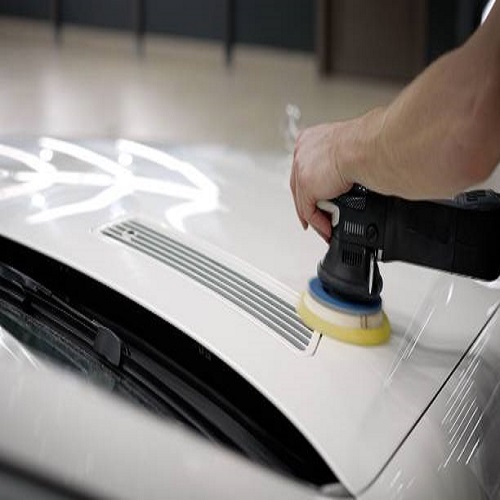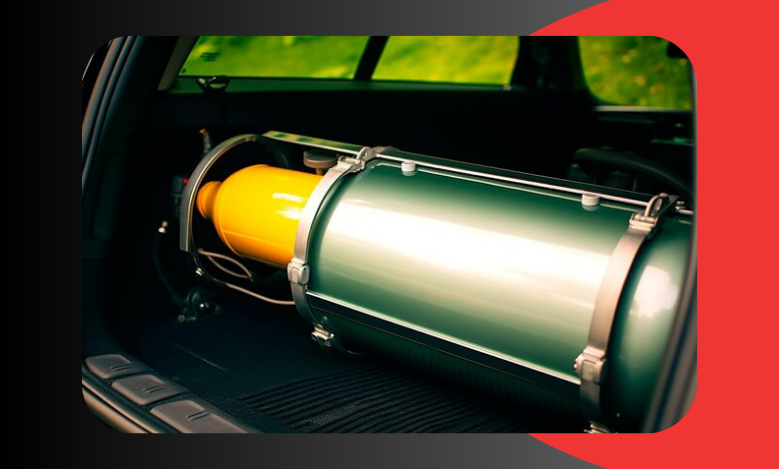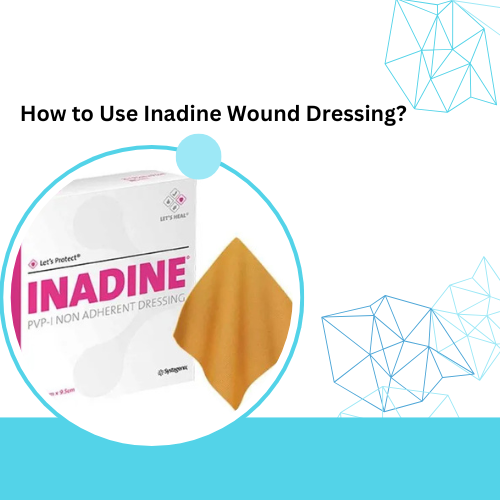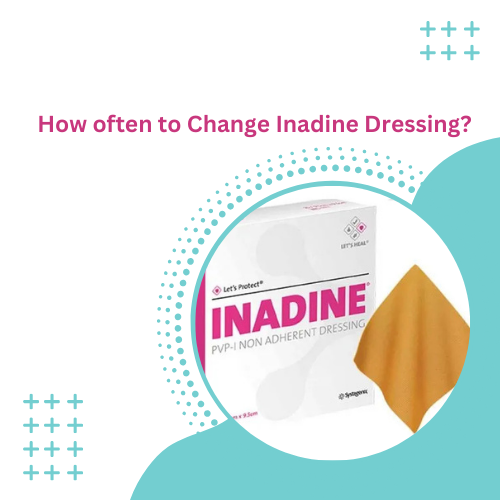Car Paint correction is a meticulous process used to restore and rejuvenate a vehicle’s paintwork by removing imperfections such as swirl marks, scratches, oxidation, and water spots. Over time, a car’s paint can accumulate various surface defects, diminishing its gloss and shine. Paint correction addresses these issues, restoring the paint’s original smoothness and clarity, and making the vehicle look like new. This process requires specialized tools, techniques, and expertise, and can range from light polishing to a multi-step correction, depending on the extent of the damage. Understanding how it’s done and how long it takes is essential for anyone considering this treatment for their vehicle.
What is Paint Correction?
Paint correction refers to the process of removing imperfections in a vehicle’s paintwork, such as swirl marks, scratches, oxidation, water spots, and other defects. This process restores the paint to its original, flawless condition, giving the vehicle a like-new appearance. It’s often used by detailing professionals to enhance the shine and clarity of a car’s paint.
How is Paint Correction Done?
1. Wash and Decontamination:
Before correction begins, the car is thoroughly washed to remove dirt and debris. A clay bar may also be used to remove bonded contaminants that regular washing cannot eliminate.
2. Paint Evaluation:
The detailer evaluates the paint to identify defects and determine how much correction is needed.
3. Polishing Process:
Using a combination of polishing machines, pads, and compounds, the professional begins removing a very thin layer of clear coat to level out imperfections. This step may involve:
– Cutting Compound: A heavier abrasive used for deeper scratches.
– Polishing Compound: A finer abrasive for lighter swirls and imperfections.
– Finishing Polish: Used to refine the surface to a mirror-like finish.
4. Inspection and Refinement:
After polishing, the paint is inspected under bright lights to check for remaining imperfections. If needed, further polishing may be done.
5. Protection (Optional but Recommended):
Once the paint is corrected, it’s usually sealed with a wax, ceramic coating, or other protective layers to preserve the shine and prevent future damage.
How Long Does Paint Correction Take?
The time required depends on the severity of the imperfections and the level of correction desired:
– Light Paint Correction: 4 to 6 hours.
– Medium Paint Correction: 6 to 12 hours.
– Full Paint Correction (Multiple Stages): 15 to 30 hours, sometimes spread over several days.
Factors Influencing Time:
– Size of the vehicle.
– The extent of paint damage.
– The tools and products used.
– The level of perfection desired by the customer.
Would you like more details on any of these steps or how to maintain the corrected paintwork?
Why Opt for Paint Correction?
Opting for paint correction offers several benefits, especially for those who want to enhance the appearance and longevity of their vehicle’s exterior. Here are key reasons why you might choose paint correction:
1. Restores a Like-New Appearance
Paint correction removes imperfections such as scratches, swirl marks, and oxidation, restoring the paint’s clarity, depth, and shine. It can make a vehicle look almost brand new, even if it’s several years old.
2. Increases Resale Value
A well-maintained and polished exterior can significantly boost the resale value of a car. Buyers are generally willing to pay more for a vehicle that looks pristine and well cared for.
3. Enhances Gloss and Shine
After correction, the paint has a smooth surface that enhances light reflection, resulting in a deeper, more brilliant gloss. The vehicle looks more vibrant and eye-catching.
4. Prepares for Protection (e.g., Ceramic Coating)
Before applying protective coatings like ceramic or wax, it’s essential that the paint surface is free from defects. Paint correction creates a flawless base for these protective layers, ensuring maximum effectiveness and durability.
5. Prevents Further Damage
By removing minor imperfections and contaminants, paint correction can prevent future damage from spreading. Defects like scratches can become worse over time, so correcting them early can protect your paintwork.
6. Boosts Personal Satisfaction
For car enthusiasts and owners who take pride in their vehicle’s appearance, a perfect finish is deeply satisfying. It’s a way to keep your car looking its best for as long as possible.
7. Better Long-Term Maintenance
A corrected and polished surface is easier to clean and maintain. The smooth finish allows for easier washing and less buildup of dirt, debris, or contaminants.
Would you like to know more about how to maintain the results of paint correction?
Types of Paint Defects Addressed by Paint Correction
Paint correction is designed to address various types of defects in a vehicle’s paint. Here are the most common paint defects that can be corrected:
1. Swirl Marks
– Appearance: Fine, circular scratches on the surface of the paint, often visible in direct sunlight.
– Cause: Improper washing techniques (e.g., using dirty towels, sponges, or automated car washes).
– Solution: Machine polishing with appropriate compounds to level the clear coat and remove the swirls.
2. Scratches
– Appearance: Straight or jagged marks that penetrate the clear coat and may or may not affect the paint underneath.
– Cause: Contact with sharp objects, tree branches, or accidental impacts.
– Solution: Depending on the depth, most surface scratches can be polished out; deeper scratches may require more aggressive polishing or even paint touch-ups.
3. Oxidation
– Appearance: Dull, chalky, or faded paint, often on vehicles that have been exposed to the sun for extended periods.
– Cause: UV damage that degrades the clear coat and paint underneath.
– Solution: Polishing can remove oxidation and restore the paint’s shine.
4. Water Spots
– Appearance: Circular marks or etching on the paint’s surface.
– Cause: Mineral deposits from hard water that dries on the paint. Over time, the minerals etch into the clear coat.
– Solution: Light water spots can be polished away, while deeper etching may require more intense correction.
5. Etching from Bird Droppings or Bug Splatter
– Appearance: Small, rough areas where bird droppings or bug remains have damaged the clear coat.
– Cause: The acidity of bird droppings or the enzymes in bug splatter can etch into the paint if left for too long.
– Solution: Polishing can remove minor etching, though more severe damage may need spot wet sanding or repainting.
6. Holograms or Buffer Trails
– Appearance: Thin, wispy lines in the shape of the polishing tool’s movement, creating a hologram effect on the surface.
– Cause: Improper machine polishing techniques, typically from using the wrong pads, compounds, or pressure.
– Solution: Proper paint correction with a fine finishing polish and pad can remove holograms.
7. Marring
– Appearance: Fine, straight scratches or streaks, often caused by rough materials or washing tools.
– Cause: Dragging dirt or contaminants across the paint during washing or drying.
– Solution: Light machine polishing can usually correct minor marring.
8. Fading
– Appearance: The paint loses its vibrancy and color depth, appearing dull and less reflective.
– Cause: Prolonged exposure to UV rays, especially on vehicles that aren’t regularly waxed or coated.
– Solution: Polishing removes the damaged layer of clear coat, restoring the paint’s original color.
9. Clear Coat Failure (Minor)
– Appearance: Flaking, peeling, or bubbling of the clear coat, usually in small, isolated areas.
– Cause: Prolonged UV exposure or improper maintenance.
– Solution: While paint correction can’t fix clear coat failure, minor peeling areas can be smoothed out through polishing, though severe cases require repainting.
10. Paint Transfer
– Appearance: Smudges of paint from another vehicle or object, typically on the surface of the clear coat.
– Cause: Contact with another object that leaves a trace of its paint on your vehicle.
– Solution: Paint transfer can usually be polished off without needing any touch-ups.
11. Spider Webbing (Micro-Scratches)
– Appearance: Fine scratches that appear in a web-like pattern under direct light.
– Cause: Similar to swirl marks, typically caused by improper washing techniques.
– Solution: Polishing can remove these micro-scratches, restoring the paint’s smoothness.
Each of these defects can vary in severity, but with proper paint correction techniques, most can be successfully addressed to restore the paint’s original luster.
Costs and Time Investment of Paint Correction
The cost and time investment for paint correction can vary widely depending on several factors, including the level of correction needed, the size of the vehicle, and the expertise of the detailer. Here’s a breakdown of the key considerations:
Cost of Paint Correction
1. Light Paint Correction (One-Step Polishing)
– Cost: $300 to $600
– What It Includes: This typically involves one stage of machine polishing to remove light surface imperfections like swirl marks and minor scratches.
– When It’s Needed: For newer cars or vehicles with minimal paint defects.
2. Medium Paint Correction (Two-Step Polishing)
– Cost: $600 to $1,200
– What It Includes: A more thorough process, usually involving two stages of polishing: an initial cut to remove deeper scratches, and a finer polish to enhance gloss and clarity.
– When It’s Needed: For vehicles with moderate swirl marks, scratches, and some oxidation.
3. Full Paint Correction (Multi-Step Polishing)
– Cost: $1,200 to $3,000+
– What It Includes: This multi-stage process is for vehicles with significant paint damage. It involves aggressive cutting to remove deeper scratches and severe defects, followed by multiple polishing stages to refine and perfect the finish.
– When It’s Needed: For older vehicles or those with extensive damage, such as deep scratches, heavy oxidation, or clear coat defects.
4. Additional Costs:
– Ceramic Coating or Waxing: Once paint correction is complete, many detailers recommend applying a protective layer. A ceramic coating can range from $500 to $2,000 depending on the type and durability.
– Size of Vehicle: Larger vehicles, like SUVs or trucks, typically cost more due to the additional time and materials required.
Time Investment for Paint Correction
1. Light Paint Correction
– Time: 4 to 6 hours
– What It Includes: A quick one-step polishing process to remove minor imperfections.
– When It’s Needed: For vehicles that only need minor touch-ups or are relatively new.
2. Medium Paint Correction
– Time: 8 to 12 hours
– What It Includes: Two stages of polishing—cutting and refining. This is a more thorough process aimed at moderate paint damage.
– When It’s Needed: For vehicles with visible defects like swirl marks, oxidation, and medium scratches.
3. Full Paint Correction
– Time: 15 to 30+ hours (spread over multiple days)
– What It Includes: A multi-step process that can involve multiple cutting and refining stages, depending on the condition of the paint.
– When It’s Needed: For vehicles with heavy defects or when the owner desires a near-perfect finish.
Factors Affecting Cost and Time:
– Condition of the Paint: More severe imperfections will require more time and effort to correct, thus increasing both the cost and time.
– Size of the Vehicle: Larger vehicles, like trucks and SUVs, take longer to correct and require more materials, increasing both time and cost.
– Desired Level of Perfection: If you’re aiming for a flawless, showroom-like finish, this will likely require more steps and a higher cost.
– Detailer’s Expertise and Location: High-end detailers with a strong reputation may charge more for their services. Costs can also vary depending on the region you’re in.
Is It Worth the Investment?
For many car enthusiasts or those looking to maintain the resale value of their vehicle, paint correction is worth the time and cost. It not only enhances the appearance of the vehicle but also protects the paint from future damage.
Would you like recommendations on how to maintain the results of paint correction?
Conclusion
In conclusion, car paint correction is a highly effective process for restoring a vehicle’s paint to its original, pristine condition by removing imperfections like scratches, swirl marks, and oxidation. It involves a detailed series of steps, including thorough washing, paint evaluation, and multiple stages of machine polishing to smooth and perfect the surface. The time investment can range from a few hours for light correction to several days for more extensive work, depending on the condition of the paint and the level of detail desired. For car enthusiasts or anyone looking to enhance their vehicle’s appearance, paint correction is an invaluable investment that can dramatically improve its look and long-term value.




